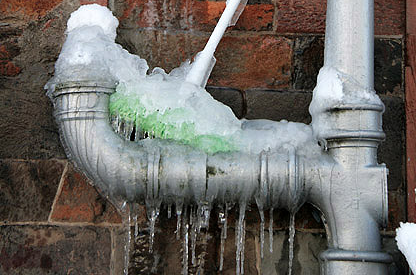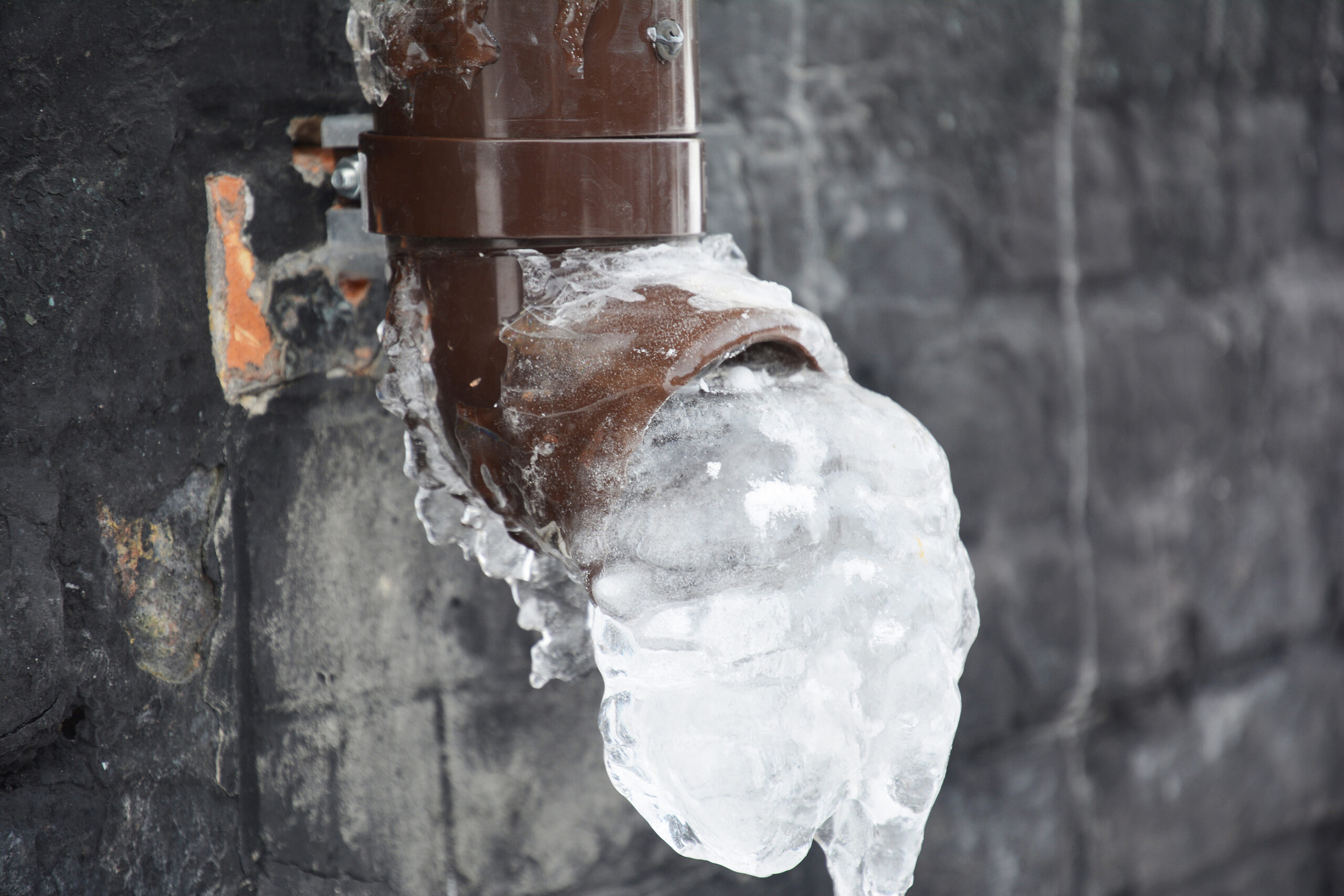Have you been trying to locate facts concerning Prevent Frozen Pipes ?

Cold weather can damage your pipes, specifically by freezing pipes. Right here's exactly how to prevent it from taking place and what to do if it does.
Introduction
As temperature levels decrease, the danger of frozen pipes increases, potentially leading to costly repairs and water damages. Comprehending exactly how to avoid frozen pipes is crucial for house owners in cold environments.
Prevention Tips
Protecting vulnerable pipelines
Wrap pipelines in insulation sleeves or utilize warm tape to secure them from freezing temperature levels. Concentrate on pipes in unheated or exterior locations of the home.
Heating techniques
Maintain indoor rooms adequately heated, particularly areas with pipes. Open up cabinet doors to allow warm air to flow around pipelines under sinks.
How to determine icy pipes
Look for reduced water flow from faucets, uncommon odors or noises from pipes, and visible frost on subjected pipelines.
Long-Term Solutions
Structural modifications
Consider rerouting pipelines far from outside walls or unheated areas. Include additional insulation to attics, basements, and crawl spaces.
Upgrading insulation
Purchase high-quality insulation for pipes, attics, and wall surfaces. Appropriate insulation helps maintain constant temperatures and lowers the risk of icy pipes.
Securing Exterior Pipes
Garden hose pipes and exterior faucets
Separate and drain garden hoses before winter. Mount frost-proof faucets or cover outside faucets with shielded caps.
Understanding Frozen Pipelines
What creates pipelines to freeze?
Pipelines freeze when revealed to temperatures below 32 ° F (0 ° C) for prolonged durations. As water inside the pipes ices up, it broadens, putting pressure on the pipe wall surfaces and potentially triggering them to burst.
Threats and problems
Icy pipelines can result in water interruptions, residential property damage, and pricey fixings. Ruptured pipelines can flood homes and cause extensive structural damage.
Indications of Frozen Piping
Identifying icy pipelines early can stop them from breaking.
What to Do If Your Pipes Freeze
Immediate actions to take
If you suspect frozen pipelines, keep faucets open to alleviate pressure as the ice thaws. Make use of a hairdryer or towels soaked in warm water to thaw pipes gradually.
Conclusion
Stopping icy pipes needs proactive steps and fast actions. By recognizing the causes, indications, and safety nets, homeowners can secure their pipes during winter.
5 Ways to Prevent Frozen Pipes
Drain Outdoor Faucets and Disconnect Hoses
First, close the shut-off valve that controls the flow of water in the pipe to your outdoor faucet. Then, head outside to disconnect and drain your hose and open the outdoor faucet to allow the water to completely drain out of the line. Turn off the faucet when done. Finally, head back to the shut-off valve and drain the remaining water inside the pipe into a bucket or container. Additionally, if you have a home irrigation system, you should consider hiring an expert to clear the system of water each year.
Insulate Pipes
One of the best and most cost-effective methods for preventing frozen water pipes is to wrap your pipes with insulation. This is especially important for areas in your home that aren’t exposed to heat, such as an attic. We suggest using foam sleeves, which can typically be found at your local hardware store.
Keep Heat Running at 65
Your pipes are located inside your walls, and the temperature there is much colder than the rest of the house. To prevent your pipes from freezing, The Insurance Information Institute suggests that you keep your home heated to at least 65 degrees, even when traveling. You may want to invest in smart devices that can keep an eye on the temperature in your home while you’re away.
Leave Water Dripping
Moving water — even a small trickle — can prevent ice from forming inside your pipes. When freezing temps are imminent, start a drip of water from all faucets that serve exposed pipes. Leaving a few faucets running will also help relieve pressure inside the pipes and help prevent a rupture if the water inside freezes.
Open Cupboard Doors
Warm your kitchen and bathroom pipes by opening cupboards and vanities. You should also leave your interior doors ajar to help warm air circulate evenly throughout your home.

I ran across that review on How To Avoid Freezing Pipes while doing a search on the web. For those who appreciated our blog posting if you please do not forget to pass it around. Kudos for being here. Come back soon.
Book Service Now